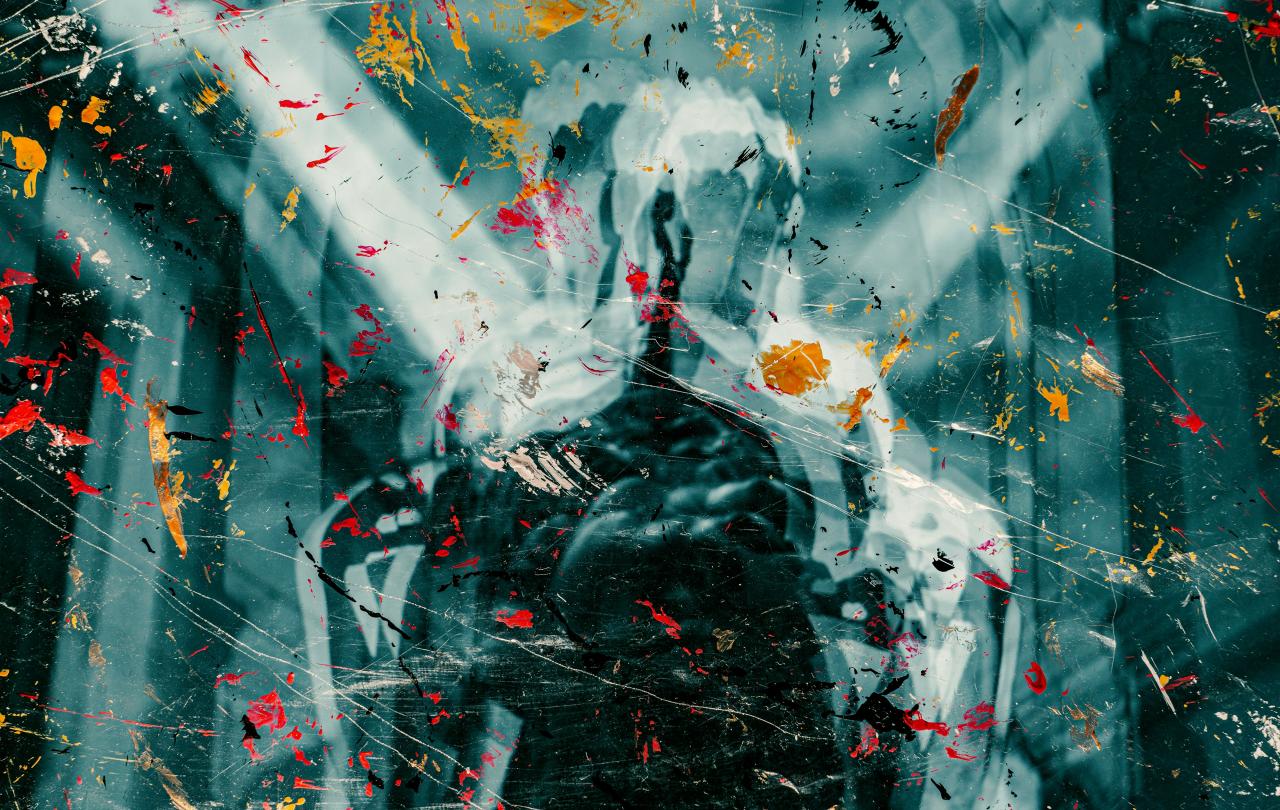
I don't watch Love Island, but maybe I should. A friend noticed something odd happening on it recently. Contestants often seem to credit 'the universe' with something happening. The universe has been thanked; it’s been used to bring solace to those unlucky in love (i.e. ‘the universe has your perfect woman lined up to enter the villa’ ); it’s been ‘prayed’ to, even.
I read a moving article about a mother some while ago, reflecting back on the difficult birth of her now teenage son, filled with a sense of gratefulness for the sheer gift of his life. Her words were simple: “As my son turns 16, I thank the universe his fraught birth is only a memory.”
‘Thanking the universe’ has become a common trope these days, maybe because people feel they can no longer thank God. Being thankful, of course, is a good thing, and gratitude is the subject of significant scientific research. Numerous studies have shown the beneficial effects of a grateful approach to life. It helps people live longer, sleep better, reduces toxic emotions like regret or resentment, and builds self-respect. By consciously being grateful for ordinary things – a roof over their heads, clean air to breathe, or a kind word from a friend, people who were previously dogged by resentment and grievance about the way life had treated them have found it possible to express appreciation of others, let minor insults pass and negotiate successfully with tricky neighbours.
Gratitude is the ability to recognise good things in our lives that we didn’t create. It reminds us that we are not the makers of our own good fortune. Saying a simple ‘thank you’ turns us outwards, away from a sense that we deserve the good things that come our way. It contradicts any idea that we are somehow self-sufficient, helping us recognise that we are thoroughly dependent on factors beyond ourselves for most of what makes our lives enjoyable and fruitful.
All the same, there is something odd about being grateful to an impersonal object - like a tree for standing, a river for flowing, or, for that matter, to the universe itself, especially when we usually think of that universe as blind and indifferent. Bob Emmons, a Professor of Psychology in California points out an important distinction between gratitude and thankfulness. We tend to be grateful for something, but thankful to someone. We often talk about life or a particular talent as a ‘gift’, but for something to be a gift, it really needs to be given by a giver. Something that is not deliberately offered can’t easily be seen as a gift.
Imagine finding a bunch of flowers in the street outside your home, dropped by an absent-minded shopper. Then imagine a similar bunch of flowers given to you by a friend who knew you needed cheering up. Which would mean more? Which is really a gift? You might be grateful that the lost flowers exist and are sitting in a vase on your kitchen table, but they would mean so much more if they were a gift from a friend. Gifts which come from a giver, deliberately chosen, and personally given, mean so much more than things which would just happen to be there.
While a sense of gratitude can be psychologically beneficial, something even better happens if we learn to see everything we have as a gift from a giver, rather than a fortunate accident, or mere chance.
A gift we receive is never ultimately about the gift – it’s about the relationship established between us and the one who gave it.
The practice of giving thanks in Christian prayer is rooted in the idea of Creation - that the world around us is not here by chance but is a gift from a God who made it. It therefore changes the way we look at that world. The simple discipline of saying grace before a meal transforms the food from a random plate of meat and veg into a sign of love and provision for our needs. Thanksgiving reminds me that the tree outside my window doesn’t just happen to be there, but is a gift from a heavenly Father who made it and gave it, at least in this moment, to me as the person observing it right now. As G.K. Chesterton once put it: “If my children wake up on Christmas morning and have someone to thank for putting candy in their stockings, have I no-one to thank for putting two feet in mine?”
We often say it’s the thought that counts. If that’s true, then if there is no thought behind the thing we receive, then somehow, however good it is, it means little. A gift we receive is never ultimately about the gift – it’s about the relationship established between us and the one who gave it. Gratitude is better than greed, but if there is no-one behind the things we enjoy, then what we have is not really a gift. To put it bluntly, the universe doesn’t care about you. It doesn’t even know you exist. So, thanking it makes no sense whatsoever.
If, however, behind the gift, there is a Giver who gave us what we needed, or even more than we needed, whether or not we deserved it, that gift becomes something much more significant. That gift – friendship, food, forgiveness and much more, becomes a token of love – a sign that despite everything, there is a God who made us, thinks of us, and even beyond that, gives himself for us at great cost, an even deeper reality than the gift itself.
A version of this article originally appeared in the Times
Join with us - Behind the Seen
Seen & Unseen is free for everyone and is made possible through the generosity of our amazing community of supporters.
If you’re enjoying Seen & Unseen, would you consider making a gift towards our work?
Alongside other benefits (book discounts etc.), you’ll receive an extra fortnightly email from me sharing what I’m reading and my reflections on the ideas that are shaping our times.
Graham Tomlin
Editor-in-Chief





